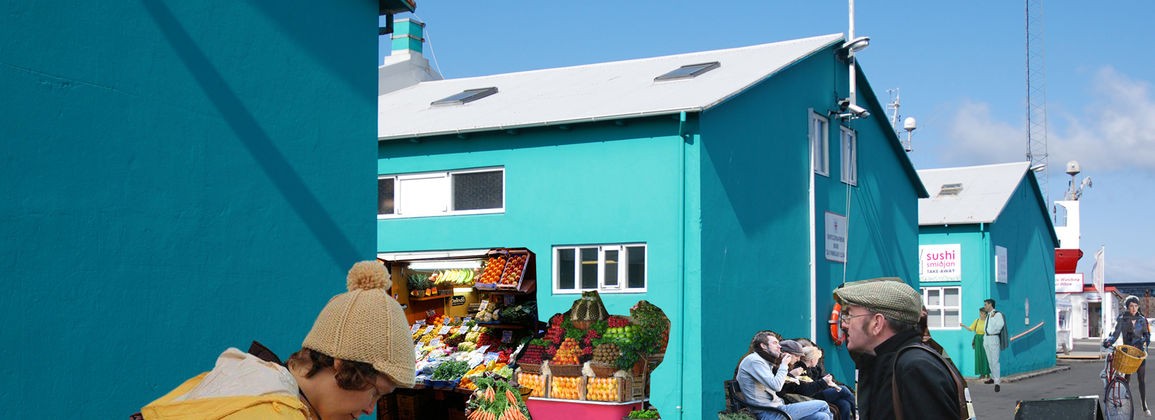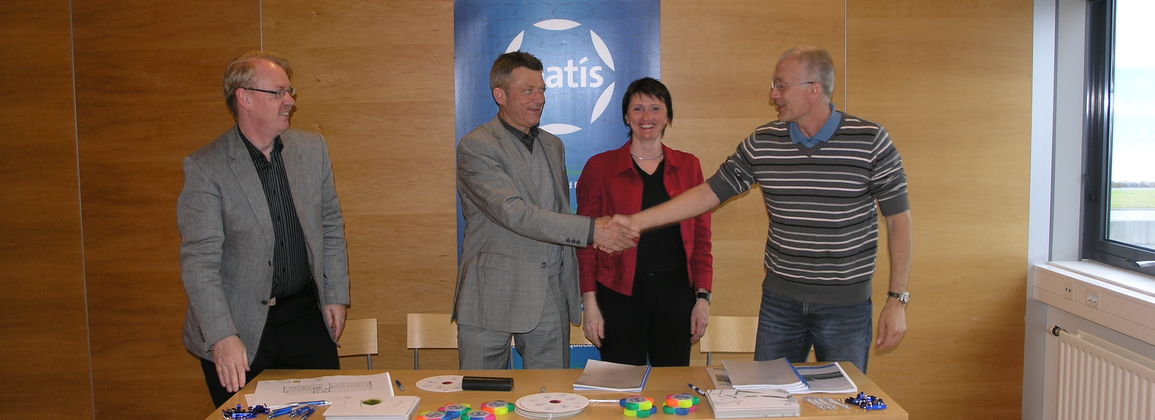Measurements of trace metals in salt, salted fish and insoluble particles in diagnosis of the source of yellow discoloration in salted fish - carried out February to May 2009
Recently, there has been an unusual amount of yellow in salted fish meat, which reduces the quality and value of the production. Salted fish producers have suffered significant financial losses as a result. Salted fish, brine and foreign salt particles were analyzed for iron (Fe), cadmium (Cd), cobalt (Co), copper (Cu), nickel (Ni), zinc (Zn) and manganese (Mn) to identify the cause. vandans. The concentration of metal was higher in yellow spots of salted fish than in white flesh, and a considerably higher amount of metal was found in brine, which caused yellow compared to other brines. Large amounts of metals were found in salt dust, which means that the dust can affect the formation of yellow spots in salted fish.
Recently several cases of yellow discoloration in salted cod have appeared. This yellow discoloration / yellow spots decreases the quality and value of the product and causes a significant financial damage for the producers. Salted cod, brine and insoluble particles from the salt were analyzed for iron (Fe), cadmium (Cd), cobalt (Co), copper (Cu), nickel (Ni), zinc (Zn) and manganese (Mn) to investigate the cause of the problem. Metal concentration was higher in yellow spots from the salted cod compared to the white flesh of the cod. The metal concentration was also higher in brine that caused yellow discoloration compared to other brine. Considerable amount of metals were detected in insoluble dust particles from salt indicating that it might be the cause for the yellow discoloration in salted cod.








